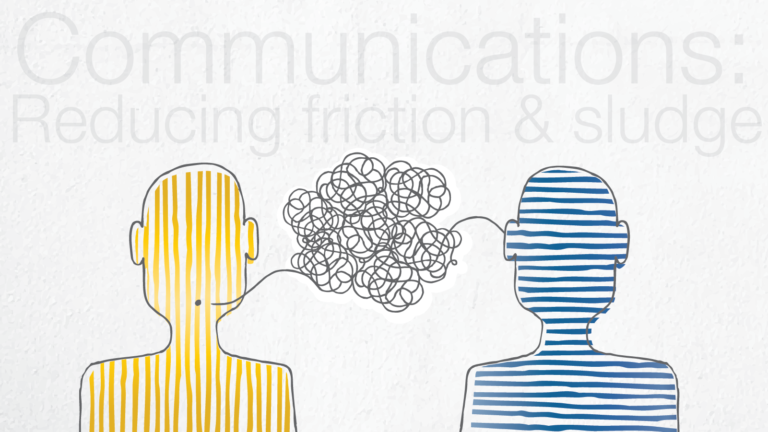Our primary focus at BUSY At Work is the success and wellbeing of our apprentices. This year, we collaborated with behavioural scientist Dr Darren Coppin, to help us improve retention and completion rates. We hoped to increase apprentice engagement with our communications and provide them with the support they required to finish their apprenticeships.
Communication Overload
Enrolling in a government-funded apprenticeship can be an overwhelming experience for apprentices and employers. The initial paperwork, legal requirements, advice and guidance can be daunting. To make matters more challenging, new sign-ups are often bombarded with communications—emails, text messages, phone calls and information packs. While these communications are necessary and well-intentioned, they collectively impose a heavy cognitive load on apprentices and their employers and can have an unintended negative impact on the recipient.
Behavioural Science Makeover
Recognising the need for a more user-friendly approach, BUSY At Work turned to the field of behavioural science and human-centred design. Guided by Dr Coppin, we sought to simplify the language used in our communications, eliminate redundancy and pinpoint the most relevant information for our apprentices. In short, striving for brevity and clarity, or—to use behavioural science terms—reducing friction and “sludge” in the communication process.
Our efforts yielded impressive results. Using academically informed solutions, we dramatically decreased the volume of communications while maintaining all contractual requirements. For example, we made phone conversations more concise and focused, reducing the content of phone scripts by as much as 47%.
Measuring Success
To gauge the effectiveness of our improved communication approach, we closely monitored first-month exit data, a critical indicator of early engagement. We wanted to learn if the changes we implemented had any noticeable impact on whether new apprentices chose to continue or discontinue their apprenticeships.
Our findings were remarkable. First-month dropouts plummeted by an astounding 31% compared to historical data. This is an unparalleled result and demonstrates the potential of communication tactics based on behavioural research.
BUSY’s human-centred approach demonstrates how small adjustments in communication style can have a huge impact. We are constantly searching for innovative methods to increase apprentice retention and completion rates as we aim to create great outcomes for our apprentices. Learn more about how we use SMS Nudging in our apprentice conversations to reduce friction in our interactions.

